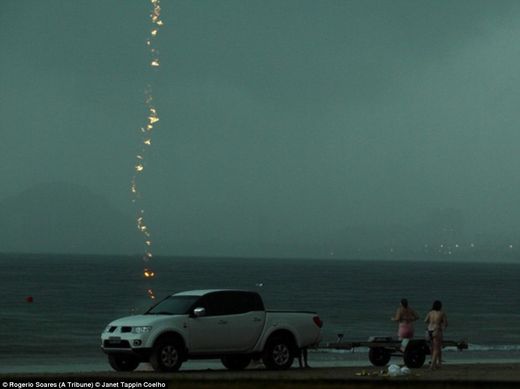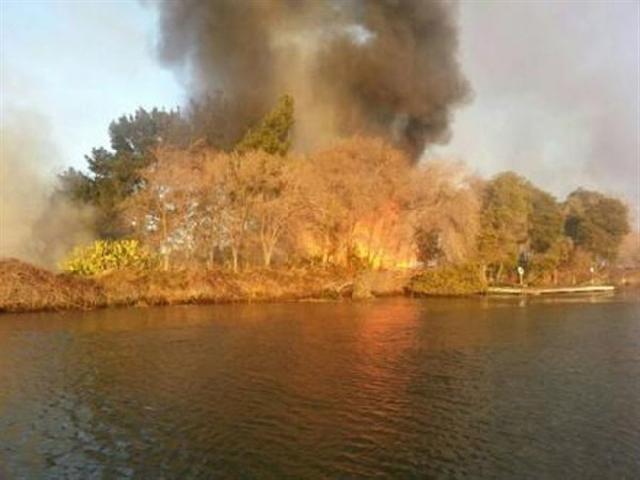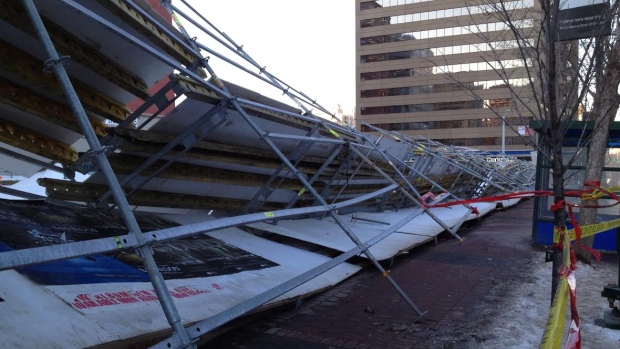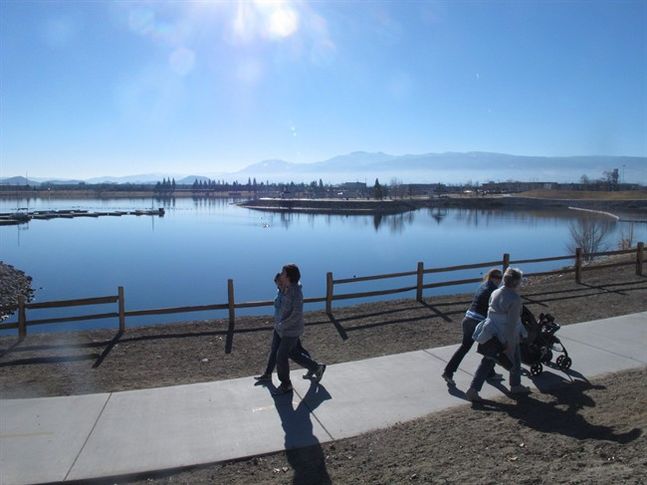
© PTI photoA day after 22 spotted deer died at the Kanan Pendari Zoo Park in Chhattisgarh, investigations have revealed that the deaths were caused due to Anthrax bacterial infection.
A day after 22 spotted deer died at the Kanan Pendari Zoo Park in Chhattisgarh, investigations have revealed that the deaths were caused due to Anthrax bacterial infection.
"Spotted deer died due Anthrax infection. Analysis of symptoms confirms that the animals were infected by bacteria called Bacillus anthracis", Principal Chief Conservator of Forests (PCCF) Ram Prakash told reporters at the zoo, located about 12 kilometres away from Bilaspur town.
"The dead herbivorous animals showed symptoms of Anthrax Bacteria as blood came out through mouth and anus. The stomach swelled like a balloon because of infection", he pointed out adding that there were 53 spotted deer, including 18 males and 35 females, in the cage.
He said Antharax is a communicable bacterium that spreads very fast through air. "Hence, we have buried all the dead animals instead of consigning them to flames. One of the apparent reasons for the outbreak of Anthrax bacteria is high moisture content in the air due to continuous rainfall in the region. "Even two days ago, it rained heavily in Bilaspur region and there is still moisture in the air", he added.
Asked how only female animals died due to infection, Ram Prakash explained that male deer have a better immune system than female deer. However, he said the state forest department was started a detailed investigation into all aspects of Anthrax infection in animals in the zoo.
Stating that a three member committee, comprising DFO Bilaspur Hemant Pandey, Achanakmar Tiger reserve Deputy Director C L Agrawal and veterinary surgeon P K Chandan, has been constituted to further probe the matter, the PCCF said a team of experts from Veterinary college at Anjora has also confirmed that the deaths were caused due to Anthrax infection.
With this incident, Kanan Pendari zoo will remain closed for general public for the next ten days as a team of doctors have begun vaccination of the animals in the zoo to prevent infection.
As the animals started dying under mysterious circumstances on Wednesday, initially wildlife officials suspected that the herbivorous animals were poisoned by someone.







Comment: Could such a shutdown of the Gulf Stream lead to, or at least correlate with, the sudden onset of an ice age?
The geological record says it certainly could!
What have we noticed in recent years? Long, cold winters...